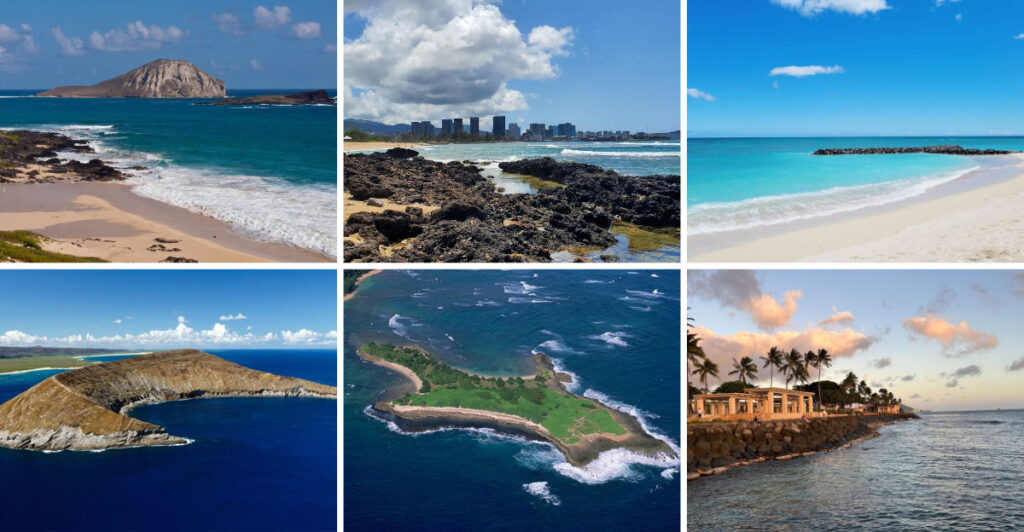Hawaii holds countless secrets beyond the crowded beaches of Waikiki and Maui’s tourist trails. Local families have cherished hidden gems for generations, passing down knowledge of secluded islands and untouched paradises. Many visitors never discover these magical places because they’re tucked away from guidebooks and travel websites. Ready to explore Hawaii’s best-kept secrets?
1. Rabbit Island (Manana Island)
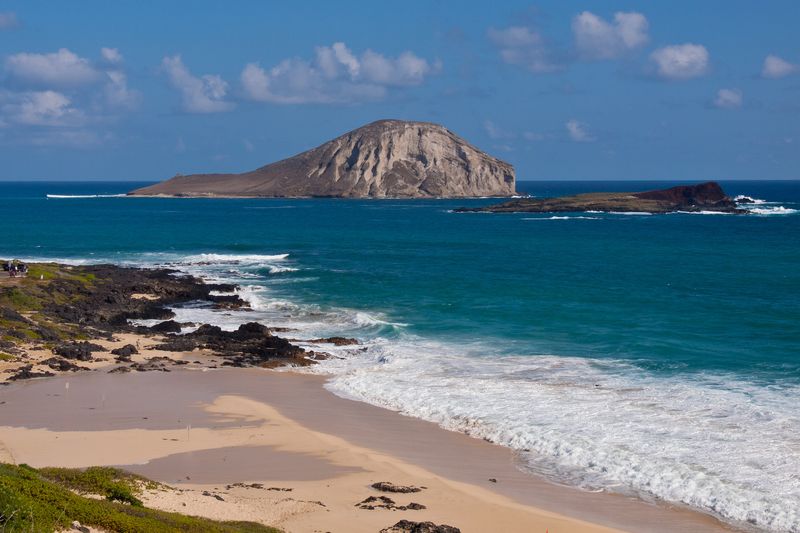
Just off Makapuu Beach on Oahu sits a small volcanic island that locals call home to countless seabirds. Most tourists drive right past without realizing this protected sanctuary exists.
Strong currents make swimming here dangerous, but kayaking around the island reveals hidden sea caves and pristine coral reefs. Local fishermen know the best spots for catching ulua and papio in the deeper waters nearby.
2. Ford Island’s Secret Beaches
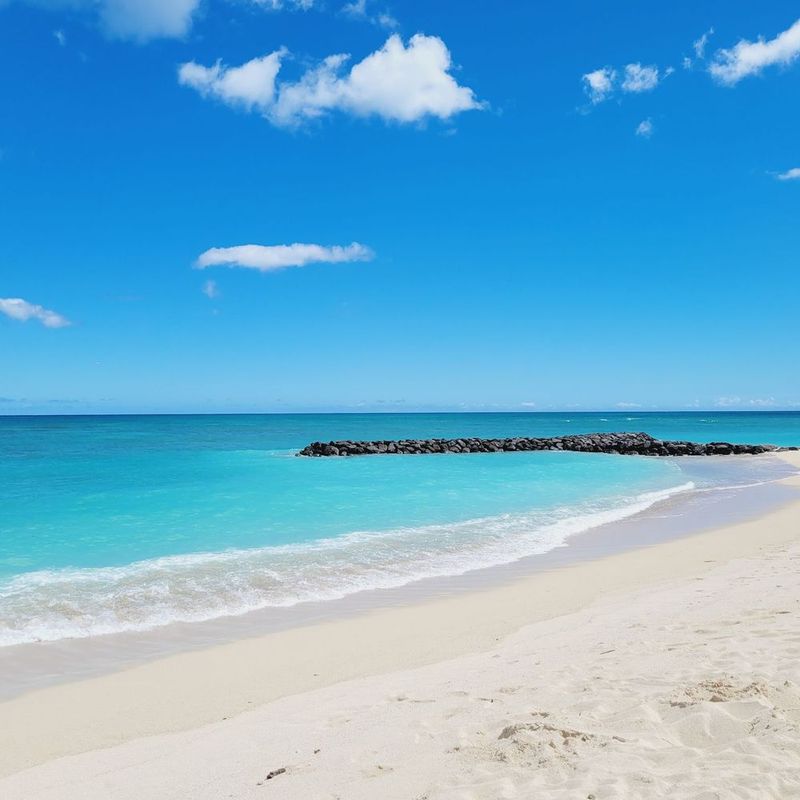
Military families stationed at Pearl Harbor enjoy exclusive access to some of Oahu’s most beautiful and empty beaches. These sandy stretches remain completely tourist-free due to security restrictions.
Crystal-clear waters and gentle waves make these spots perfect for families with young children. Local military personnel often host private barbecues and beach parties here, creating a tight-knit community atmosphere that feels worlds away from crowded Waikiki.
3. Lehua Island Wildlife Sanctuary
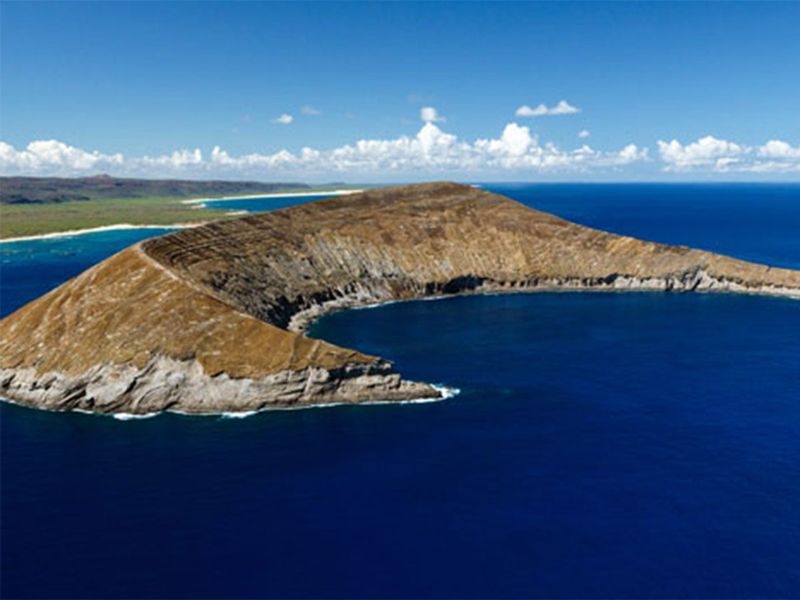
This crescent-shaped island near Niihau remains completely off-limits to visitors, protecting endangered Hawaiian monk seals and native seabirds. Local conservation workers are the only humans allowed to set foot on its shores.
Dramatic red cliffs rise from turquoise waters, creating one of Hawaii’s most photographed yet inaccessible landscapes. Charter boat captains sometimes circle the island from a distance, giving lucky passengers glimpses of this pristine wilderness.
4. Coconut Island (Mokuola)
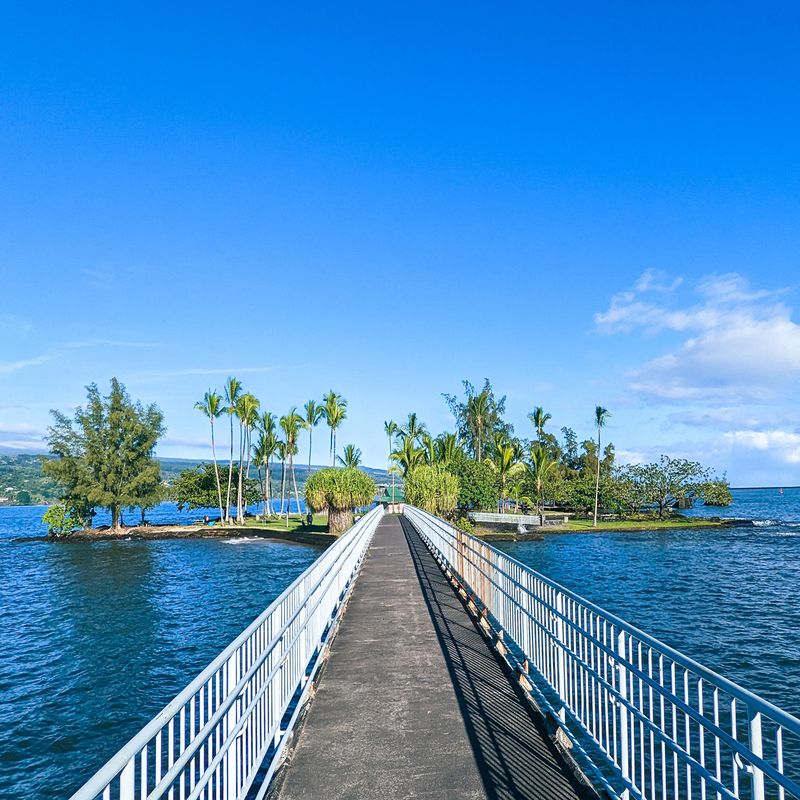
Connected to Hilo Bay by a footbridge, this small island serves as a playground for local families rather than tourists. Kids jump from the old stone bridge while parents fish from the rocky shoreline.
Coconut palms provide natural shade for weekend picnics and family gatherings. The island’s calm lagoon offers perfect conditions for teaching children to swim, making it a beloved spot for generations of Big Island residents.
5. Sand Island State Park’s Hidden Side
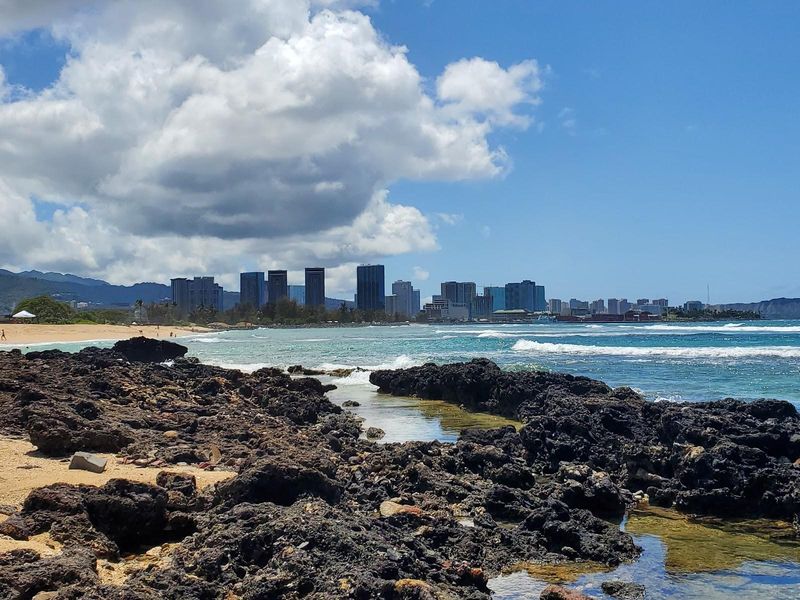
While tourists flock to the main picnic areas, locals know about secluded coves tucked behind the island’s industrial facade. These quiet spots offer stunning views of Honolulu Harbor and downtown skyline.
Homeless communities have created informal settlements in some areas, giving the island a gritty authenticity that contrasts sharply with resort beaches. Local surfers appreciate the consistent waves and lack of crowds at the island’s eastern point.
6. Goat Island (Mokuauia)
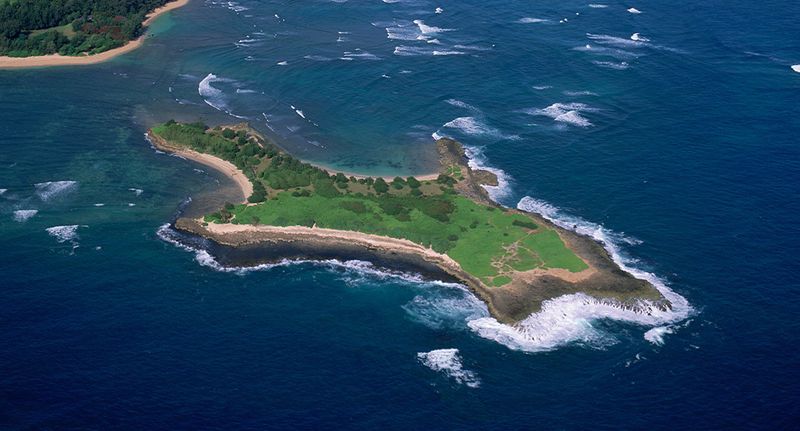
Accessible only during low tide, this bird sanctuary near Laie requires careful timing and local knowledge to reach safely. Families wade through shallow tide pools filled with tropical fish and sea urchins.
Hawaiian monk seals occasionally rest on the island’s beaches, creating magical wildlife encounters for those lucky enough to visit. Local students from nearby Brigham Young University Hawaii often study marine biology here, treating it as their outdoor laboratory.
7. Popoia Island Near Kailua
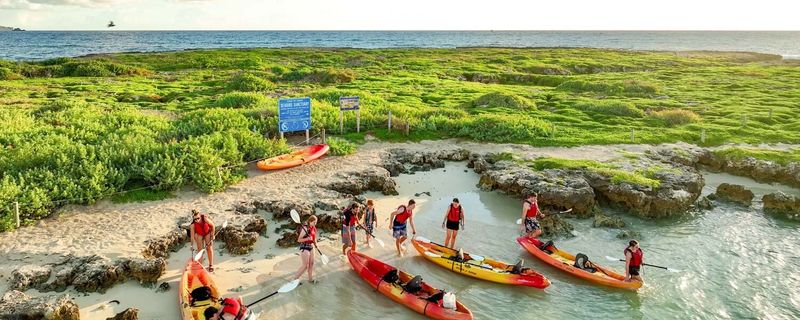
Local kayakers paddle to this tiny offshore island for snorkeling adventures away from Kailua Beach’s tourist crowds. The island’s shallow reef systems teem with colorful fish and green sea turtles.
Strong trade winds make the crossing challenging for inexperienced paddlers, keeping visitor numbers naturally low. Kailua residents often organize group kayak trips here, sharing stories and local legends while exploring hidden underwater caves around the island’s perimeter.
8. Moku Manu Seabird Sanctuary
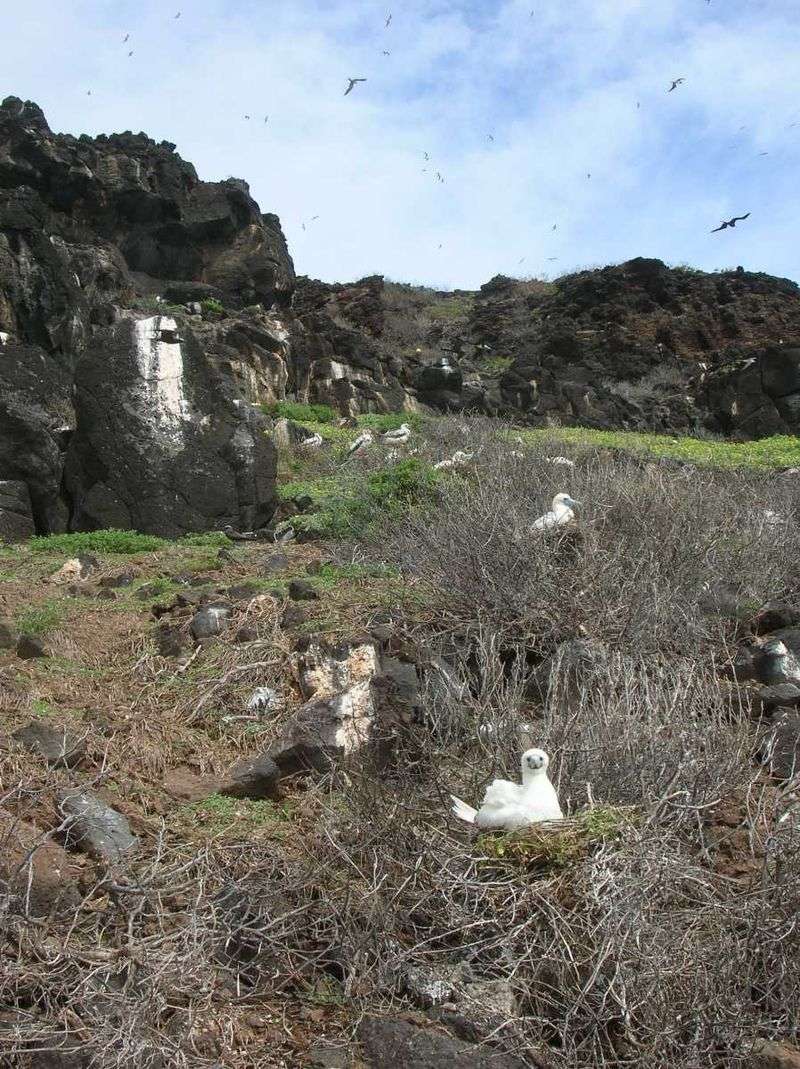
This jagged rock formation off Mokulua Islands hosts thousands of nesting seabirds but remains completely inaccessible to humans. Local bird watchers use telescopes from nearby beaches to observe rare species.
Dramatic waves crash against the island’s steep cliffs, creating spectacular spray displays during winter swells. Charter fishing boats navigate carefully around the island’s dangerous waters, where experienced captains know trophy fish hide in the deep channels.
9. Keehi Lagoon’s Secret Islets
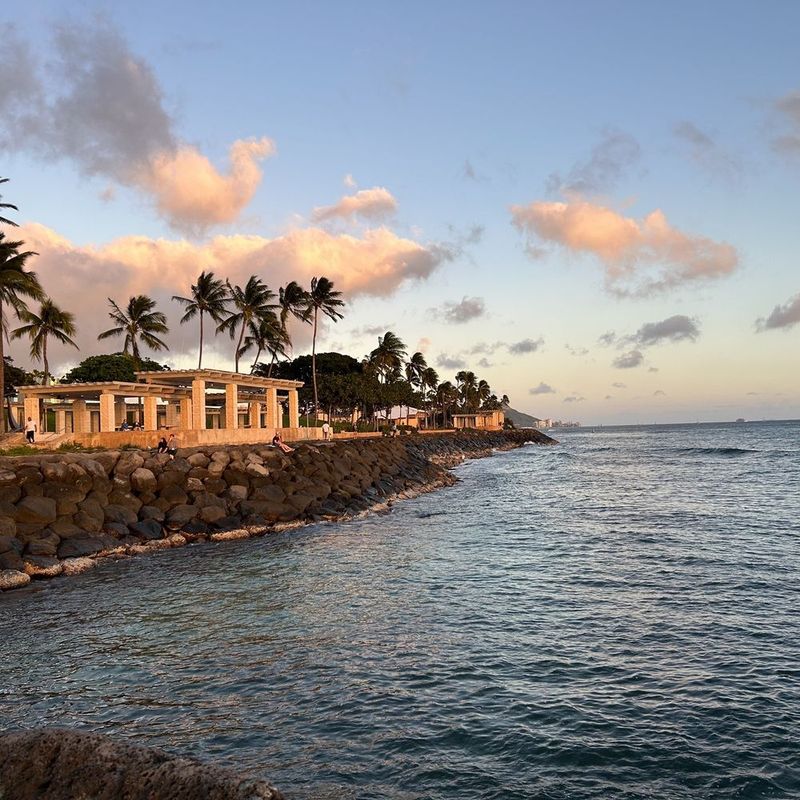
Scattered throughout this protected lagoon near Honolulu Airport, small man-made islands provide quiet fishing spots for local anglers. These concrete structures, originally built for harbor protection, now serve as unofficial community gathering places.
Families bring portable grills and folding chairs, creating impromptu weekend parties with spectacular sunset views. The lagoon’s calm waters make it ideal for stand-up paddleboarding and teaching children water safety skills.
10. Mokoli’i Island (Chinaman’s Hat)
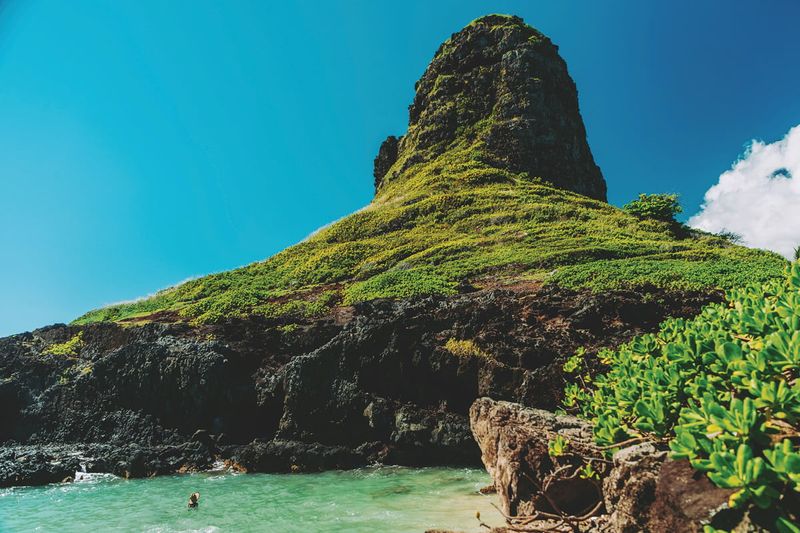
While tourists photograph this iconic pointed island from Kualoa Beach, locals know you can actually wade across during low tide. The adventure requires timing, courage, and knowledge of safe crossing points.
Ancient Hawaiian legends describe the island as a dragon’s tail, and local families pass down stories while hiking to the summit. The 360-degree views from the top reveal hidden valleys and secret beaches invisible from the mainland.
11. Kapapa Island Fishpond
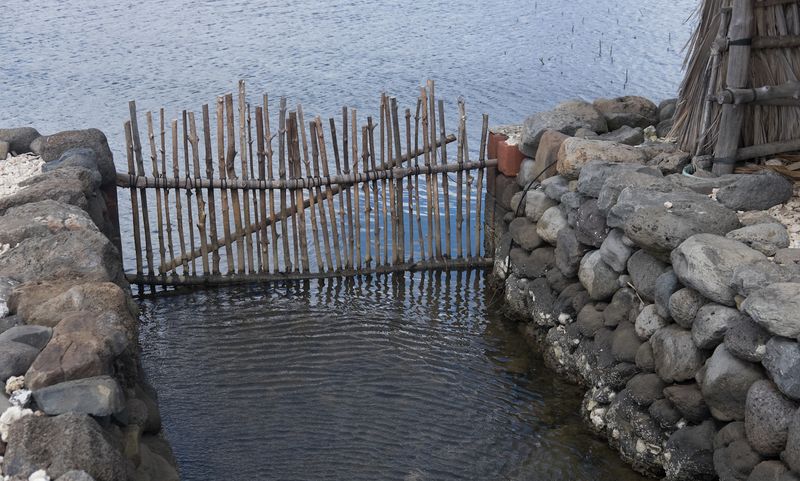
This ancient Hawaiian fishpond island near Kaneohe remains largely forgotten by modern visitors but holds deep cultural significance for Native Hawaiian families. Traditional fishing methods are still practiced here by community elders.
Mangrove trees create natural windbreaks and nurseries for juvenile fish species. Local schools occasionally bring students here for hands-on lessons about sustainable fishing practices and traditional Hawaiian resource management techniques that sustained communities for centuries.
12. Tern Island Research Station
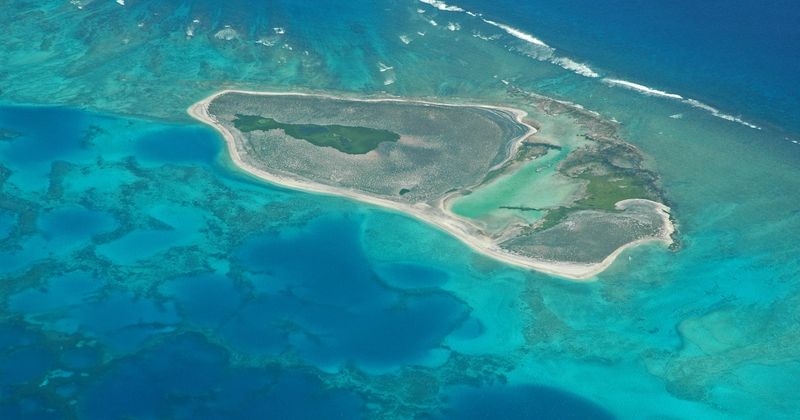
Located in the remote Northwestern Hawaiian Islands, this former military runway now serves as a critical seabird research facility. Only scientists and wildlife biologists are permitted to visit this incredibly isolated outpost.
Millions of seabirds nest here annually, creating one of the Pacific’s most important breeding grounds. Research teams live in basic quarters for months at a time, studying climate change impacts on marine ecosystems while surrounded by pristine wilderness.
13. French Frigate Shoals
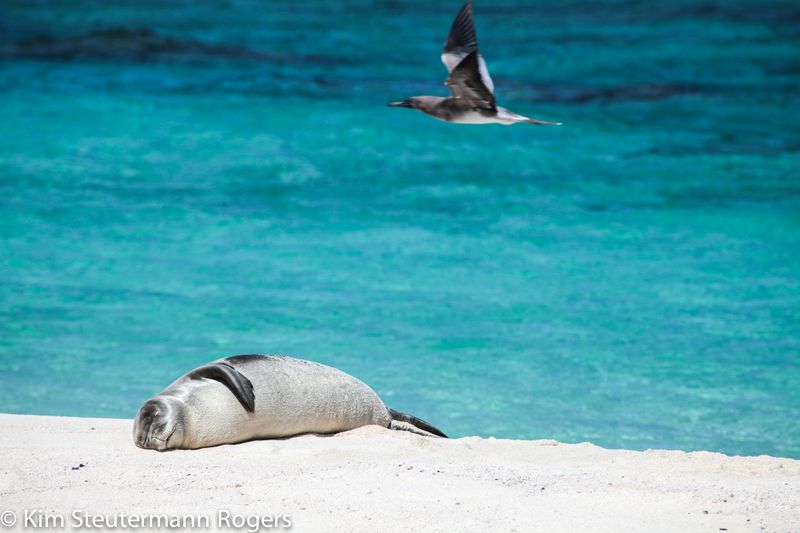
This underwater mountain range creates a series of tiny islands and coral atolls hundreds of miles from the main Hawaiian chain. Hawaiian monk seals use these remote beaches as pupping grounds.
Only research vessels and Coast Guard patrols visit these waters, making it one of Earth’s most pristine marine environments. Local marine biologists consider assignment here the ultimate career achievement, studying ecosystems virtually untouched by human influence for decades.
14. Laysan Island Duck Habitat
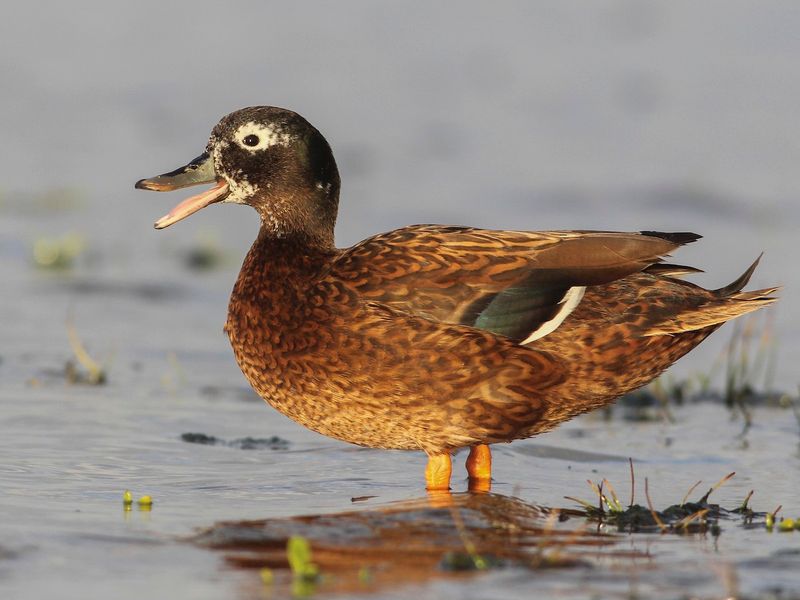
Home to the world’s most endangered duck species, this remote island supports fewer than 500 of these unique birds. Wildlife managers carefully monitor every aspect of the island’s ecosystem to prevent extinction.
No visitors are allowed except for essential research and conservation work. The island’s hypersaline lake creates a unique environment found nowhere else on Earth, supporting specialized plant and animal communities that evolved in complete isolation.
15. Necker Island Archaeological Site
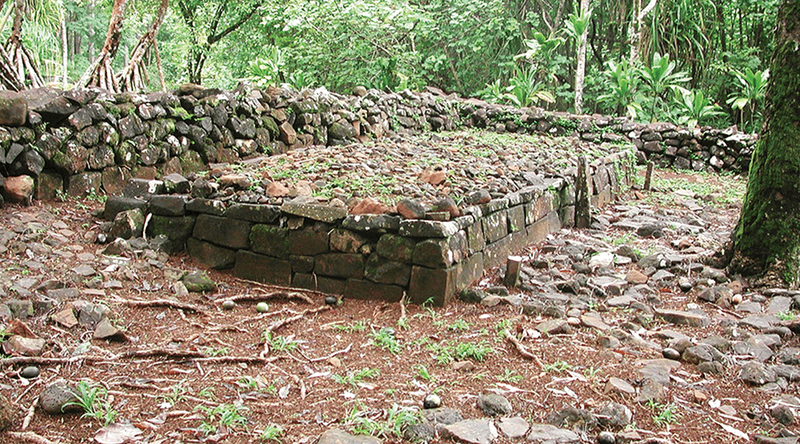
Ancient Hawaiian religious sites cover this uninhabited island, making it one of the Pacific’s most significant archaeological locations. Access requires special permits and cultural protocol approval from Native Hawaiian organizations.
Stone platforms and ceremonial structures remain largely intact after centuries of isolation. Cultural practitioners and archaeologists work together to document and preserve these sacred sites, ensuring traditional knowledge and scientific research proceed respectfully side by side.
16. Nihoa Island Cultural Preserve
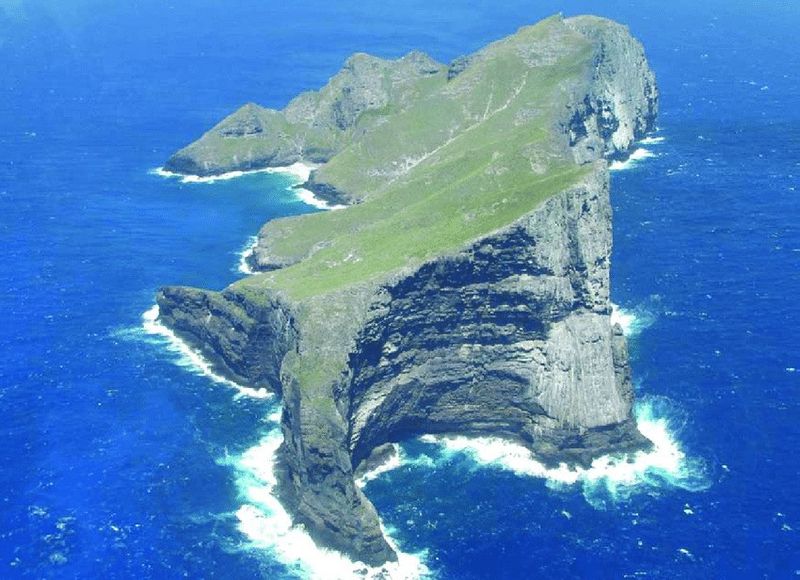
The tallest of the Northwestern Hawaiian Islands, Nihoa contains some of the oldest known Hawaiian settlement sites. Steep cliffs and dangerous landing conditions keep all but the most essential visitors away.
Native Hawaiian cultural practitioners make rare ceremonial visits to maintain connections with ancestral lands. Archaeological evidence suggests continuous habitation for over 1,000 years, making this island a crucial link to understanding pre-contact Hawaiian civilization and traditional seafaring capabilities.
17. Pearl and Hermes Atoll
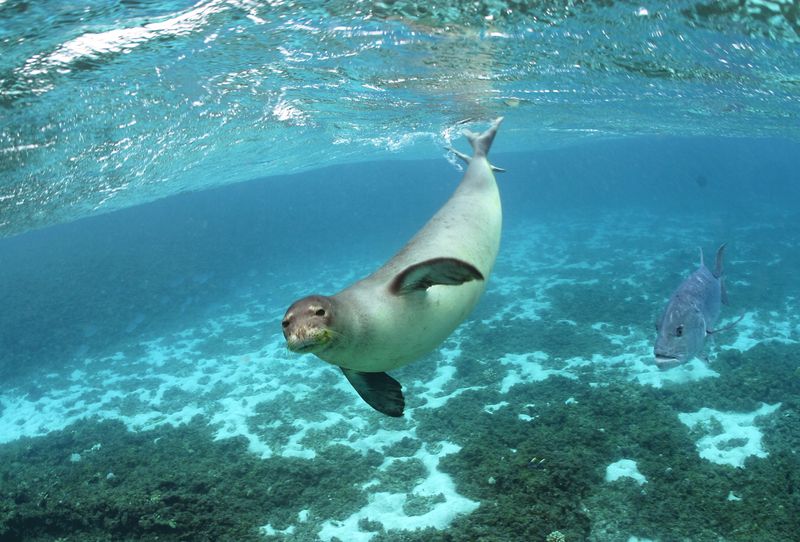
Named after two whaling ships that wrecked here in 1822, this remote atoll supports incredible marine biodiversity. Coral reefs here remain completely untouched by coastal development or tourism pressure.
Scientists describe the underwater landscapes as resembling prehistoric coral gardens. Green sea turtles nest on the pristine beaches in numbers not seen elsewhere in Hawaiian waters, while Hawaiian monk seals raise their pups in complete safety from human disturbance.

